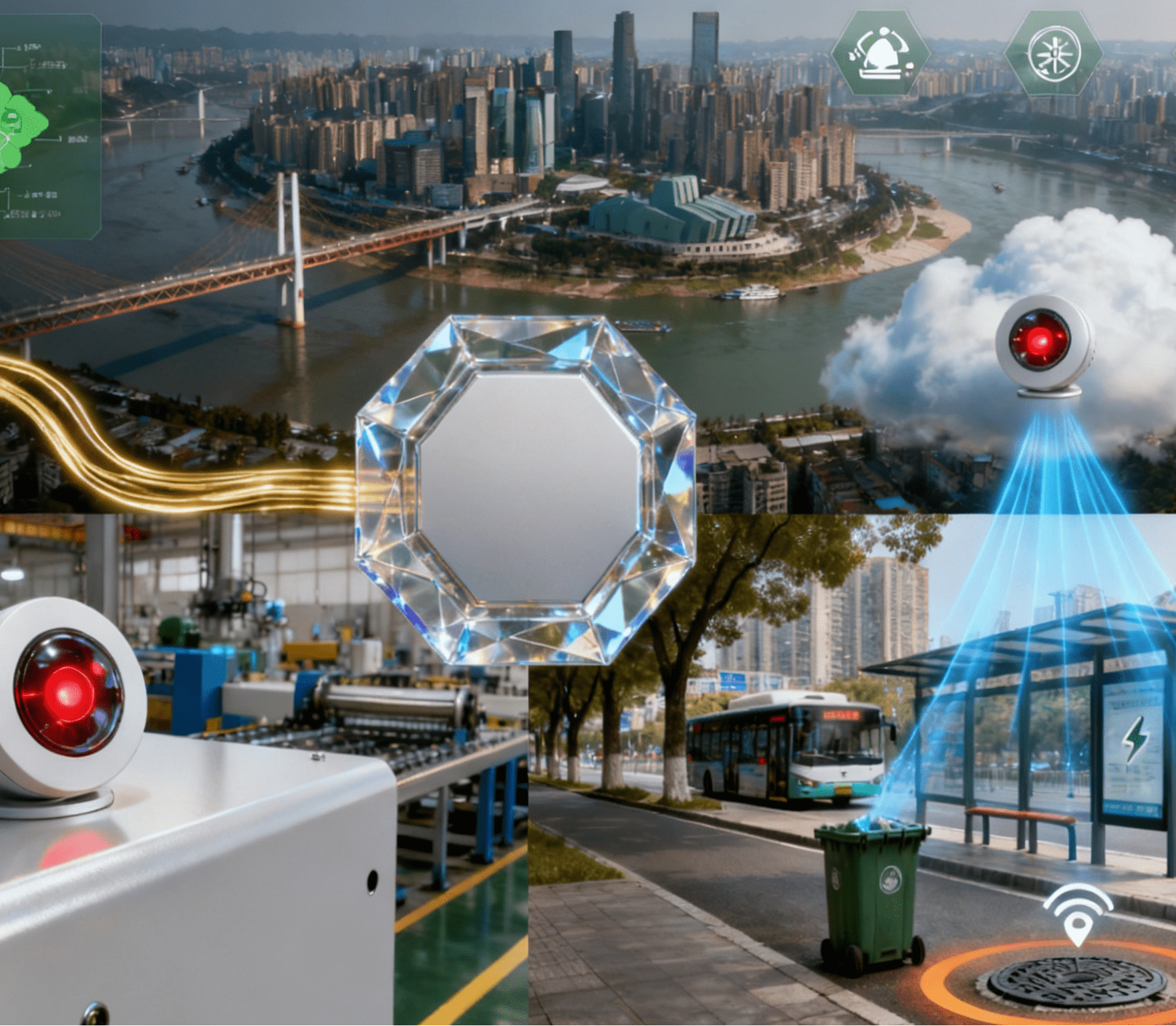Table of Contents
ToggleGovernments Crave Artificial Intelligence, but Intelligent Automation Adoption Stalls

As nations worldwide race to embrace the digital age, a paradox has emerged: Governments recognize the transformative potential of artificial intelligence, yet intelligent automation adoption remains frustratingly slow. Unlike industrial automation, which revolutionized manufacturing through tangible automation equipment, the public sector’s journey toward AI-powered solutions is hampered by unique challenges. A new report from EY reveals that while 64% of government leaders eye cost savings and 63% see AI as a tool to enhance service delivery, only 26% have integrated these technologies across their organizations. This gap between ambition and action underscores a critical need to bridge the divide between policy vision and practical implementation.
Barriers to Intelligent Automation in the Public Sector
The survey of nearly 500 senior government executives highlights stark contrasts between AI’s promise and its reality in public administration:
- Data Privacy as a Stumbling Block: 62% of respondents cite data security concerns as a major hurdle, a challenge unique to intelligent automation where sensitive citizen data is central to AI models. This stands in contrast to industrial automation, where data risks are often confined to operational metrics.
- Infrastructure Gaps: Unlike factories equipped with standardized automation equipment, governments lack unified data architectures. Only 58% have a clear digital transformation strategy, leaving AI initiatives stranded without proper foundations.
- Ethical Quandaries: While industrial automation focuses on efficiency, intelligent automation in government must navigate issues like algorithmic bias and accountability. The report notes that only 39% of citizens trust governments to manage AI, a sentiment that stalls adoption.
Pioneers vs. Followers: Lessons in Intelligent Automation
Early adopters—dubbed “pioneers”—offer a blueprint for success:
- Infrastructure First: 88% of pioneers have deployed robust data infrastructure, compared to 58% of “followers”—a testament to the need for foundational tech before intelligent automation can thrive.
- Talent Investment: Pioneering governments prioritize AI skilling, recognizing that unlike industrial automation’s mechanical operators, intelligent automation requires cross-disciplinary teams of data scientists and policy experts.
- Trust-Building Measures: Cities like Amarillo, Texas, have launched AI-powered assistants like “Emma” to engage citizens, demonstrating that trust in intelligent automation must be built through transparent, human-centered design.
The Path Forward: From Ambition to Action
EY’s report outlines five pillars for successful AI adoption, tailored to the unique needs of intelligent automation in the public sector:
- Data & Technology: Develop secure, interoperable systems that mimic the standardized protocols of industrial automation but for digital data flows.
- Talent Ecosystems: Train civil servants in AI literacy, transforming bureaucracies from manual processors to intelligent automation orchestrators.
- Adaptive Culture: Shift from rigid workflows to agile frameworks, much like how industrial automation evolved from fixed assembly lines to flexible manufacturing cells.
- Ethical Governance: Establish clear rules for AI use, addressing biases in algorithms—a step beyond the safety regulations of industrial automation.
- Collaborative Networks: Partner with private-sector experts who understand how to integrate intelligent automation tools, similar to how industrial automation vendors support factory
Conclusion: Unlocking the Potential of Intelligent Automation in Government
The challenge for governments is clear: Intelligent automation presents a once-in-a-lifetime opportunity to reinvent public services, but it requires overcoming hurdles that industrial automation never faced. By prioritizing trust, investing in talent, and building robust data infrastructures, governments can transform AI from a buzzword into a tool that truly serves citizens—much like how industrial automation transformed production for the better.
As EY’s Catherine Friday warns, “Governments that fail to act risk falling behind technologically.” The path forward isn’t about replicating industrial automation’s model, but about creating a new paradigm for intelligent automation that balances innovation with accountability. If nations can bridge the gap between aspiration and execution, they will not only improve service delivery but also redefine the relationship between citizens and their governments in the digital age. The time to act is now—before intelligent automation becomes yet another technology where the public sector lags behind the private.




















